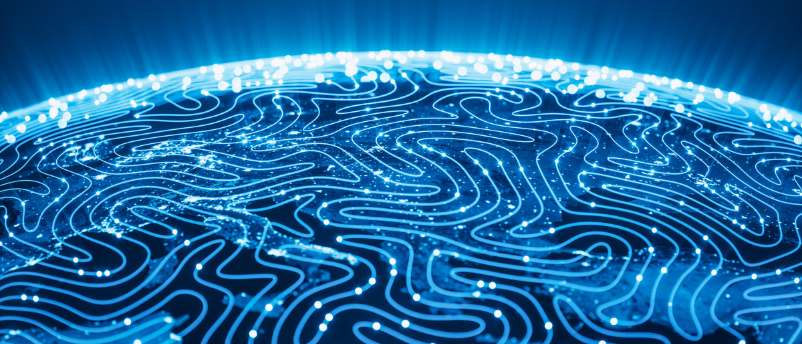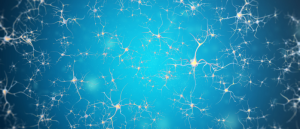
BioTechniques News
Beatrice Bowlby

Landmark collaborative project sets out to chart every neural connection in the mouse brain.
The human brain is a network of around 100 billion neurons connected via synapses. Jeff Lichtman (Harvard University, MA, USA) and colleagues have spent several decades attempting to navigate this complex communication highway by creating maps – their ultimate goal being to generate a comprehensive map accounting for every neural connection in the mouse brain. The team is now taking the next crucial steps toward this goal by using biological imaging to fully reconstruct the mouse neural circuitry.
Through his whole-brain maps, also known as ‘connectomes’, Lichtman has spearheaded a field known as ‘connectomics’, which seeks to understand how individual neurons are connected to one another to form functional networks.
John Ngai, director of the NIH BRAIN Initiative (MD, USA), remarked: “Current techniques lack either the resolution or the ability to scale across and map out large regions of the entire brain, information that is essential for unravelling the mysteries of this incredible organ. Following years of careful planning and input from the scientific community, BRAIN CONNECTS — which represents our third, large-scale transformative project — aims to develop the tools needed to obtain brain-wide connectivity maps at unprecedented levels of detail and scale.”
While mouse brains are smaller than human brains, Lichtman reported that one can’t actually tell the difference between them at the level of cells and synapses, which bodes well for our understanding of how we can image and map the human brain. Prior work on zebrafish and fruit fly brains as well as recent advancements in computing and data processing have made creating a mouse connectome more attainable than ever before and lay the groundwork to eventually image the human brain.
 Brain inflammation in children linked with neurological disorders
Brain inflammation in children linked with neurological disorders
Researchers have discovered that brain inflammation in early childhood may cause neurodevelopmental disorders such as autism and schizophrenia.
To demonstrate the plausibility of creating the mouse connectome, Lichtman and a team of researchers from institutions in the USA and UK will start by imaging a 10 mm3 region in the mouse hippocampal formation, the portion of the brain responsible for complex tasks like memory consolidation and spatial navigation.
The researchers will employ a two-tiered approach using biological imaging techniques developed by Lichtman and his colleagues. They will first use two 91-beam scanning electron microscopes to capture images of thin sections of the mouse hippocampal formation. An ion beam will then be used to incrementally etch away a few nanometers from the surface of each section. The imaging process will be repeated until the entire volume can be seen. Using machine learning, a team at Google Research (CA, USA) will proceed to computationally extract the connectome network.
Lichtman’s team has worked with Google over the last several years to develop image processing techniques that will allow them to rapidly sort through large quantities of data. Viren Jain, grant co-investigator at Google, will lead engineers in the categorization and color-coding of nerve cells and synapses by applying artificial intelligence algorithms to the images.
This mouse study could help with the development of a human brain connectome with the potential to pave the way for innovative strategies in the diagnosis and treatment of various brain disorders.
The post Mapping the brain: from mice to mankind appeared first on BioTechniques.
Powered by WPeMatico
